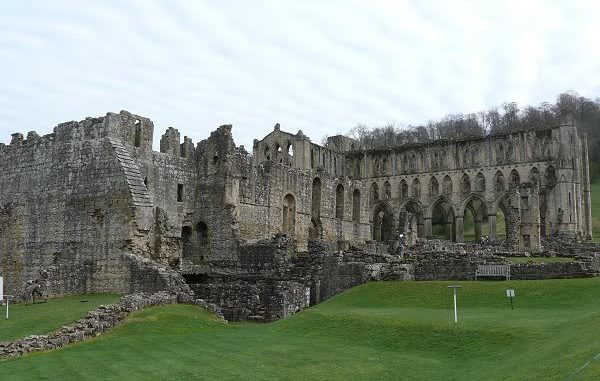
Abbey and monastery ruins are not uncommon in England, thanks to Henry VIII’s dissolution of the monasteries, but Rievaulx is a particularly striking and relatively intact example of English history and social change.
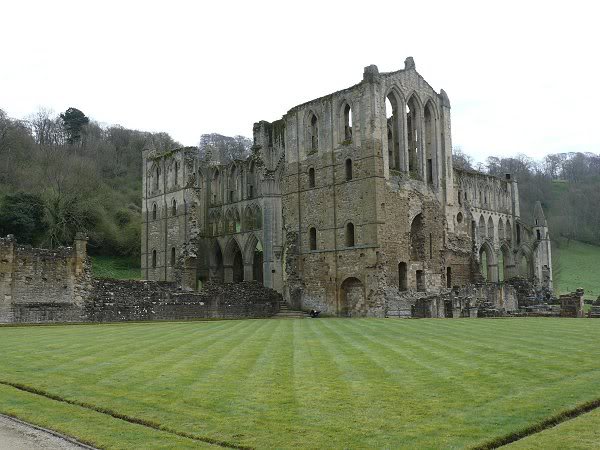
Rievaulx Abbey was founded in 1132, one of eight Cistercian communities in Yorkshire. The Cistercian order, based on an austere, isolated monastic life and strictly observing the rules of monastic life set out by St Benedict in the 6th century, often chose sites well away from established communities.
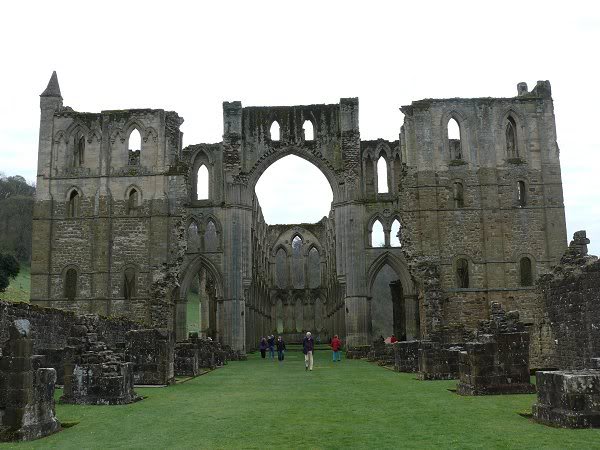
Rievaulx was originally a collection of wooden buildings but towards the middle of the 12th century stone buildings began to be constructed to accommodate a growing population – by 1167 the community comprised 140 monks and around 500 lay brothers.
Abbeys and churches at this time were not just buildings: they were the centres of political, economic, educational, and social power, their abbots influential and often political at a national level.
Much of the building work at Rievaulx was carried out during the rule of Rievaulx’s most famous abbot, Aelred (Saint Aelred of Rievaulx), writer, scholar, and adviser of kings. The building work continued into the 13th century, and the ruins still present stunning examples of Early English architecture.
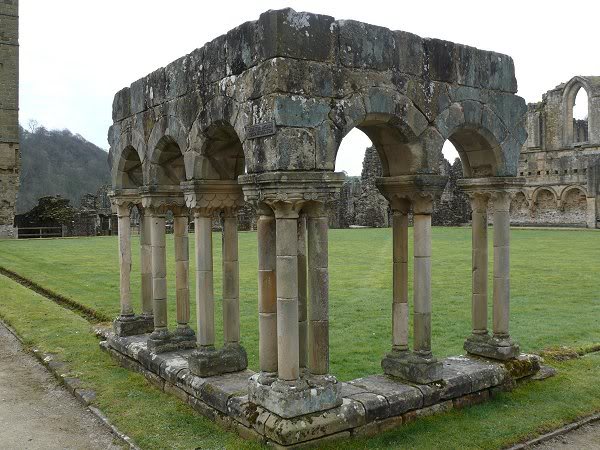
The 14th century brought some big changes to Rievaulx, as it did to English society as a whole – not through war or politics but by disease. Bubonic plague, the Black Death, arrived in England in 1348 and quickly spread throughout the country with devastating consequences. England’s population was reduced by between 30 and 40%, and by 1361 later waves of the plague were particularly deadly for young men.
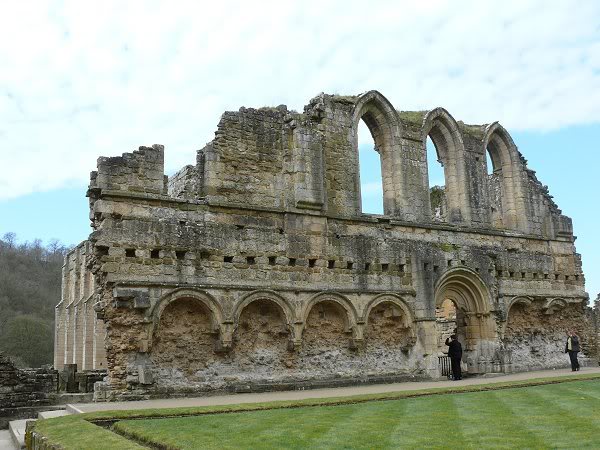
The social effects of this were stark: the working population decreased significantly. This was good for the surviving workers, who were able for the first time to assert autonomy in the previous feudal system and demand higher wages, which in turn led to a political awakening for many ordinary people. For Rievaulx, this period led to the loss of its lay brothers, who had performed much of the manual labour. The abbey was remodelled to account for the loss of those inhabitants.
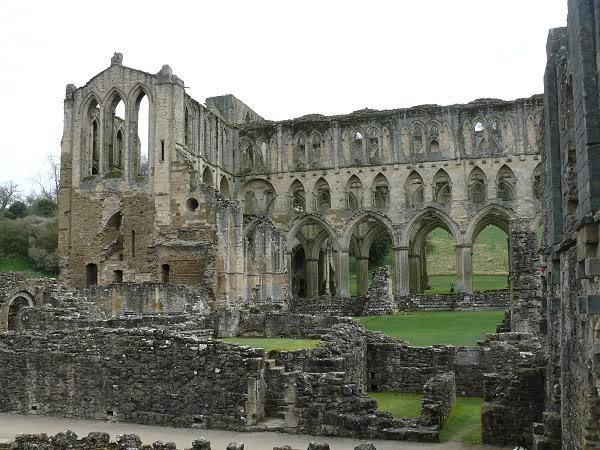
By 1538 there were just 23 monks at Rievaulx, a far cry from its heyday. The abbey was dissolved and the estate sold to the Earl of Rutland. The influence of the Catholic Church in England had significantly diminished since the king established the Church of England so he could divorce his first wife Catherine of Aragon and marry his mistress Anne Boleyn, and the destruction of Rievaulx and other religious institutions was just a trailblazer for the years of religious intolerance and persecution that would follow.
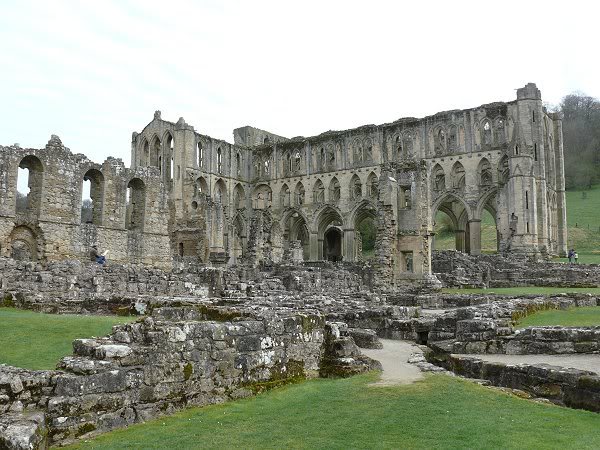
If you’re visiting this part of the world, Rievaulx should absolutely be on your list of places to visit, along with nearby Helmsley Castle. It is reasonably accessible but it’s not a museum – there are areas that are less accessible. Good shoes and a raincoat are recommended for wet days!

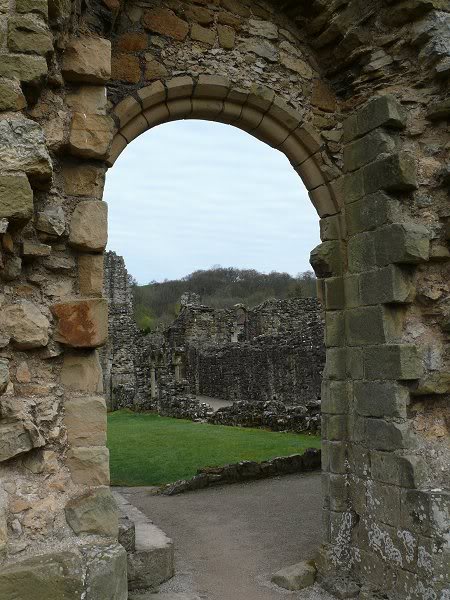
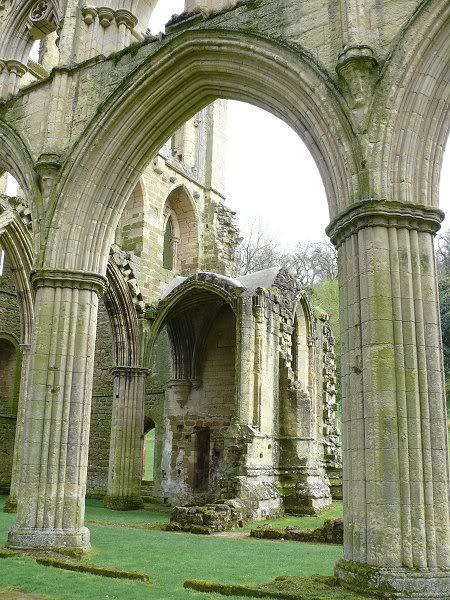
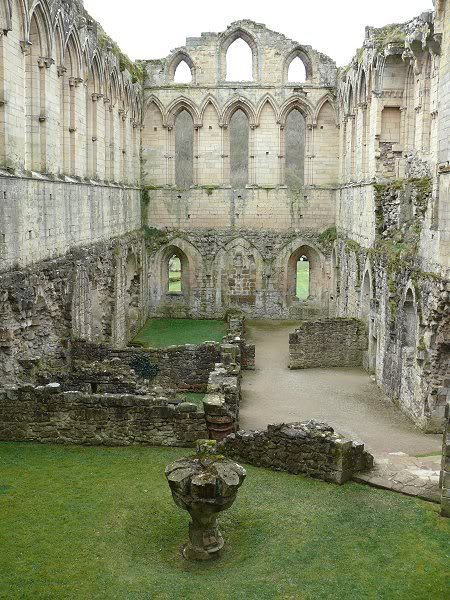
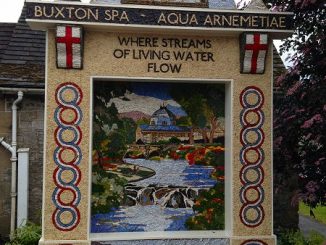


Be the first to comment